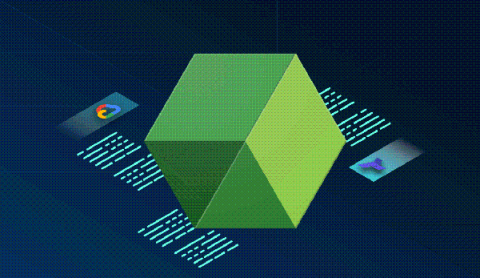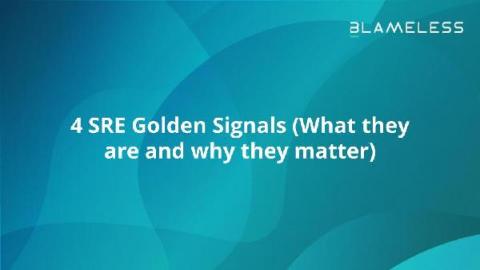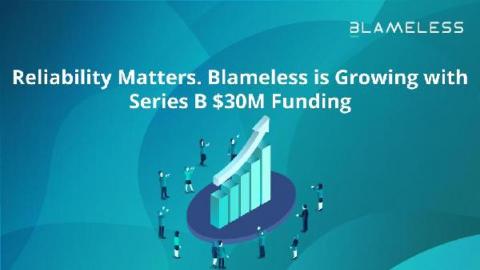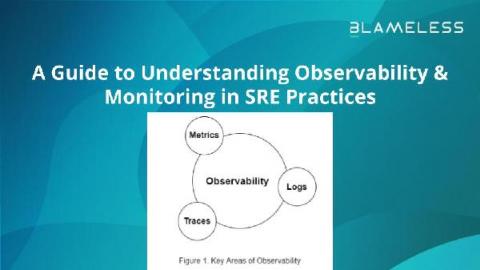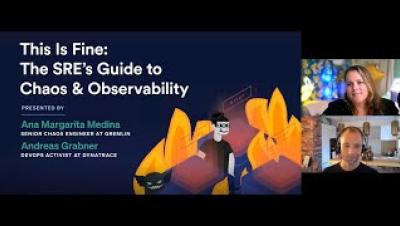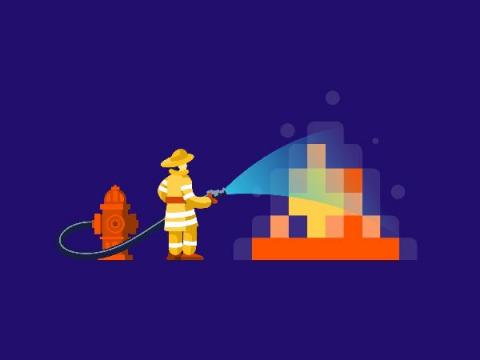Operations | Monitoring | ITSM | DevOps | Cloud
SRE
The latest News and Information on Service Reliability Engineering and related technologies.
What are the Four Golden Signals?
Reliability Matters. Blameless is Growing with Series B $30M Funding
How to Notify Your Team of Errors: Email vs. Slack vs. PagerDuty
Site Reliability Engineering (SRE) and Operations (Ops) teams heavily rely on notifications. We use them to know what’s going on with application workloads and how applications are performing. Notifications are critical to ensuring SREs and Ops teams can resolve errors and reduce downtime. They’re also crucial when monitoring environments — not only when running in production but also during the dev-test or staging phase.
What's the Difference between Observability and Monitoring?
When You Do DevSecOps, Don't Forget the SREs
It's time to break down the silos separating SREs from security engineers.
SRE's Guide to Chaos & Observability
Upcoming trends in DevOps and SRE
De-Siloing Incident Management: How to Make Reliability Engineering Everyone's Job
4 best practices for breaking down silos and establishing a culture of shared responsibility toward reliability.
Pragmatic Incident Response: 3 Lessons Learned from Failures
In my past experience as an SRE I’ve learned some valuable lessons about how to respond and learn from incidents. Declare and run retros for the small incidents. It's less stressful, and action items become much more actionable. Decrease the time it takes to analyze an incident. You'll remember more, and will learn more from the incident. Alert on pain felt by people — not computers. The only reason we declare incidents at all is because of the people on the other side of them.


